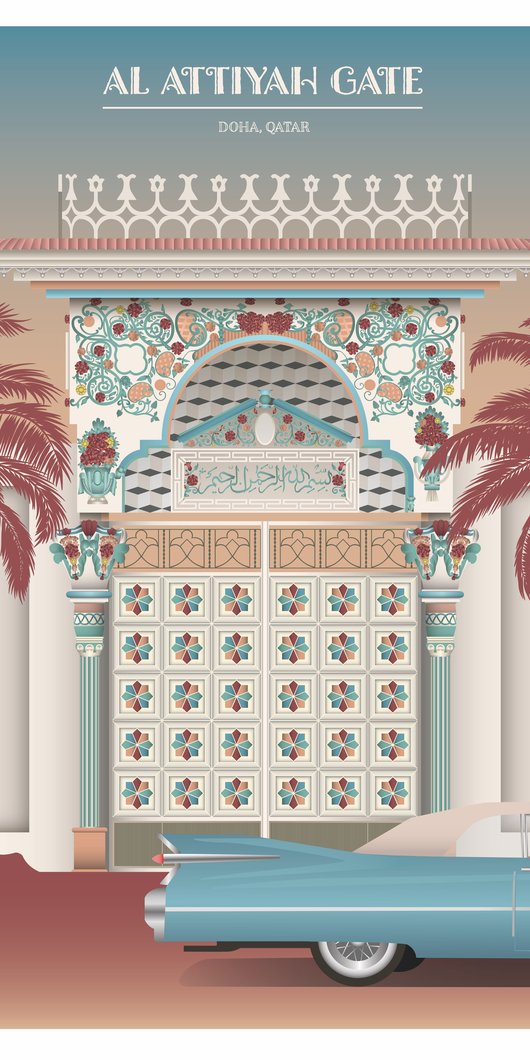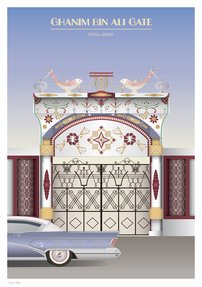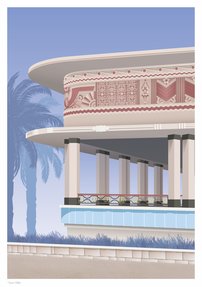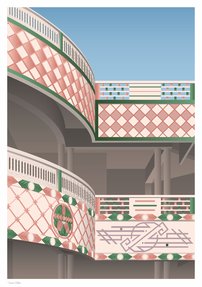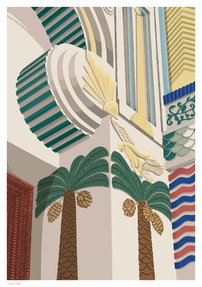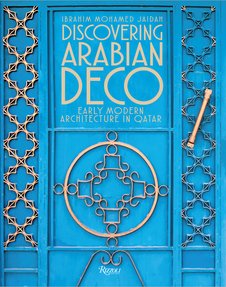The discovery of oil in Qatar in the late 1930s was a watershed moment in the country’s history, ushering in dramatic transformations that infiltrated every aspect of social existence. The transitional period saw unprecedented changes in various fields, with architecture standing out as a significant arena of metamorphosis. The city saw tremendous growth in a short period, and Doha’s skyline expanded significantly in the latter decades of the 20th century. Although representing the country’s rise on the global stage , numerous architectural designs during this time proved unsuitable for the unique climate, typified by desert terrain and severe heat.
A distinct paradigm change occurred at the advent of the 21st century, defined by a greater embrace of environmental consciousness – an attitude that our predecessors would applaud. The nuanced understanding of light, orientation and temperature management as fundamental components driving the design philosophies of this era’s architects exemplified a purposeful return to old wisdom. This renaissance indicates a deliberate divergence from traditional methodologies, with modern architects drawing inspiration from historical ideas to develop ecologically sensitive and sustainable architecture. Architects integrate modern design aesthetics with principles profoundly anchored in the natural world while rekindling this age-old knowledge, generating a fresh dedication to ecological sensitivity and ethical architectural practices.
The practical application of architectural knowledge and the intensity of scholarly questions revealed a notable scarcity of academic references about our architectural history, pushing me to begin a systematic documentation of my research. The first fruit of this research endeavour was the publication of The History of Qatari Architecture, in which Malika Bourennane and I thoroughly examine vernacular architectural manifestations before the age of oil discovery in Qatar. We specifically intended for this foundational work to revive and maintain Qatar’s cultural legacy. By investigating the spirit of Qatari architecture before submitting to the influence of modern building paradigms, we contributed to a complete knowledge of Qatar’s architectural progress.
Several years after the release of The History of Qatari Architecture, I consciously decided to broaden this work into the area of interior design. In Qatari Style I illustrate the complicated interaction of classic, transitional and modern features and the numerous stylistic influences visible in our interior spaces. This follow-up work addresses current gaps in the scholarly discourse around Qatari interior design by offering a detailed assessment of these elements – a valuable resource for academia and practitioners in this field.
My most recent research project dives into the varied environment of Qatari architecture, from the discovery of oil to the 1980s. This project was inspired by my company’s enormous archive collections, which I acquired in the 1990s from the Arab Engineering Bureau, Qatar’s oldest indigenous architectural and engineering practice, founded in 1966. The purchase of this historical treasure trove provided me with unprecedented access to the firm’s original project drawings completed throughout the 1950s and 1960s, giving me a unique and significant resource for understanding the region’s architectural history during this critical era.
During my research an intriguing discovery shed light on the post-oil-discovery era: the government’s initial investments prominently featured schools, highlighting a deliberate emphasis on educating younger generations and fostering the establishment of a knowledge-based economy. As demand for education increased, by the 1950s , Qatar’s most prominent female educator, Amna Mahmoud Al Jaida, created the first school for girls in her Al Jasrah house. As the number of enrolled students grew, the Ministry of Ma’arif was forced to transfer the school to more spacious quarters due to space restrictions. The pioneering school’s long legacy lives on, with its former home now housing Liwan Design Studios and Labs.
Education was not the only sphere undergoing architectural growth; hospitals, mosques, dwellings, marketplaces and governmental structures were simultaneously being developed. From a detailed analysis of archive work from that era emerged an intriguing parallel: the colourful themes decorating buildings and private dwellings bore an unmistakable resemblance to the art deco style popular in the United States and Europe. The unidentified architects behind these deco-inspired aesthetics, including sharp curves and aggressive lines, blended these decorations with a particular local character, such as falcons, palms and Arabian influences. This fusion of foreign architectural ideas and local aesthetics reveals a complex synthesis that marked Qatar’s post-oil architectural landscape.
The ornate gates adorning palaces and residences are the epitome of what I have termed ‘Arabian deco’, a style exemplified by structures such as the Sheikh Fahd Bin Ali Palace, Al Rayyan Palace, His Excellency Sheikh Mohammed bin Hamad’s majlis, Al Attiyah Palace and Sheikh Ghanim bin Ali’s palace. While some of these structures have been demolished, others have been preserved under the aegis of Qatar Museums. I could precisely re-create and model these magnificent gates through meticulously preserving images and archiving attempts towards the end of the previous century, revealing their magnificence to a global audience. Beyond palace gateways, the Arabian deco impression can be seen on various residential structures, such as those in the Al Asmakh area, contributing to the rich tapestry of Qatar’s architectural heritage.
The era of Arabian deco ended in the 1960s, when novel building methods gained popularity. The Post Office and the Sheraton Hotel are iconic architectural representations of the new period.
Recognising our country’s rich cultural legacy and working together to preserve it via rigorous recording and ongoing study is critical. As part of this dedication, I routinely give lectures to young students at Qatari institutions, highlighting the importance of cultural preservation and recognition; I tell them: ‘Your heritage should not be seen as chains that weigh you down but as an anchor to learn and build from.’
